North America : Market Leader in Innovation
North America is the largest market for milk substitutes, holding approximately 40% of the global share. The region's growth is driven by increasing health consciousness, a rise in lactose intolerance, and a growing vegan population. Regulatory support for plant-based products further fuels demand, with initiatives promoting sustainable agriculture and food innovation. The U.S. leads this market, followed closely by Canada, which contributes around 15% to the overall market share.
The competitive landscape in North America is robust, featuring key players like Silk, Oatly, and Ripple Foods. These companies are innovating with diverse product offerings, including almond, oat, and soy milk. The presence of established brands and new entrants fosters a dynamic market environment. Additionally, consumer preferences are shifting towards organic and non-GMO options, further enhancing market growth.
Europe : Emerging Market with Growth Potential
Europe is witnessing significant growth in the milk substitutes market, accounting for approximately 30% of the global share. The rise in veganism, environmental concerns, and health awareness are key drivers of this trend. Countries like Germany and the UK are leading the charge, with regulatory frameworks supporting plant-based diets and sustainability initiatives. The European Union's Green Deal aims to promote sustainable food systems, which is expected to further boost market growth in this sector.
Leading countries in Europe include Germany, the UK, and France, with a competitive landscape featuring brands like Alpro and Oatly. The market is characterized by a diverse range of products, including nut-based and soy alternatives. The presence of both established and emerging players fosters innovation, catering to the growing demand for healthier and sustainable options. The increasing availability of these products in retail and online channels is also contributing to market expansion.
Asia-Pacific : Rapid Growth in Emerging Markets
The Asia-Pacific region is rapidly emerging as a significant player in the milk substitutes market, holding around 20% of the global share. The growth is driven by rising disposable incomes, urbanization, and a shift towards healthier lifestyles. Countries like China and India are at the forefront, with increasing awareness of lactose intolerance and a growing demand for plant-based alternatives. Regulatory support for health and wellness initiatives is also contributing to market expansion in this region.
China and India are the leading countries in this market, with a competitive landscape that includes both local and international brands. Key players like Oatly and Califia Farms are expanding their presence, while local companies are innovating to cater to regional tastes. The market is characterized by a diverse range of products, including coconut and soy milk, appealing to a broad consumer base seeking healthier options.
Middle East and Africa : Untapped Potential in Emerging Markets
The Middle East and Africa region is gradually emerging in the milk substitutes market, currently holding about 10% of the global share. The growth is primarily driven by increasing health awareness, a rise in lactose intolerance, and changing dietary preferences. Countries like South Africa and the UAE are leading this trend, supported by regulatory initiatives promoting healthier food options and sustainability. The market is expected to grow as consumer awareness increases and product availability expands.
South Africa and the UAE are the key players in this region, with a competitive landscape that includes both local and international brands. Companies like So Delicious and Nutpods are gaining traction, while local producers are innovating to meet regional tastes. The market is characterized by a growing variety of products, including almond and soy milk, catering to the diverse preferences of consumers in this region.


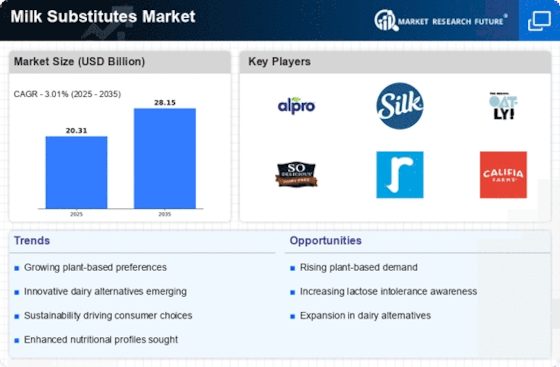
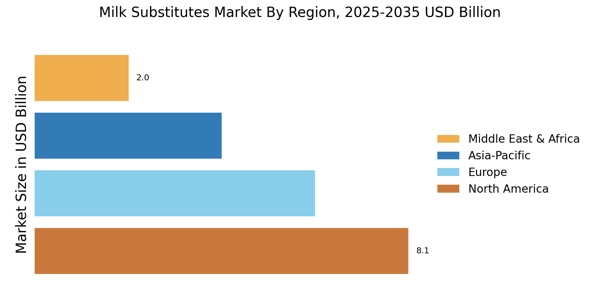
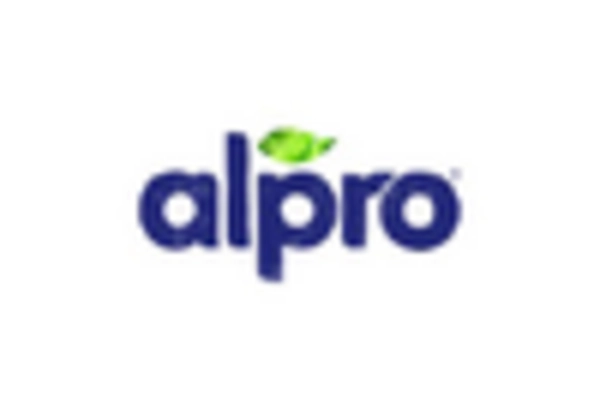
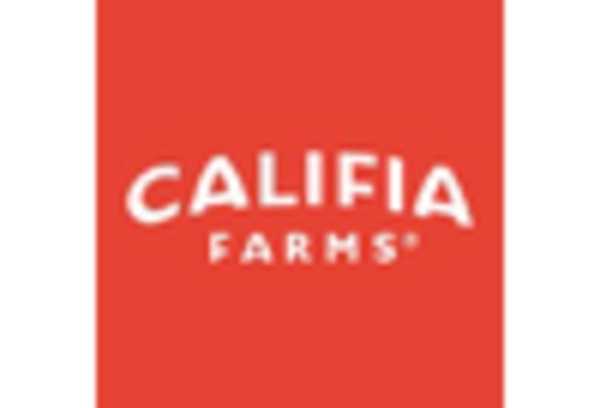
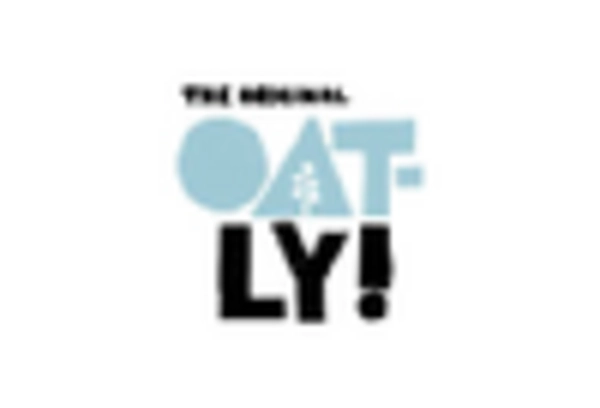

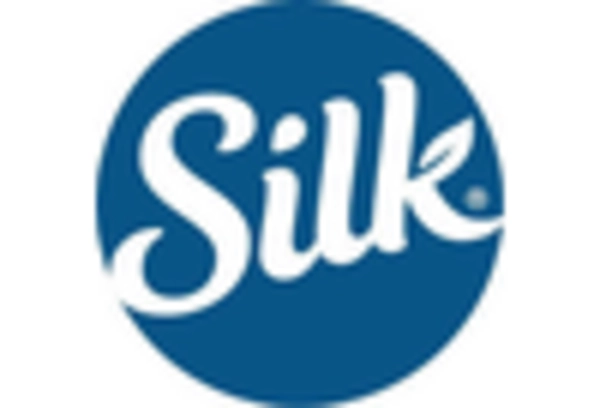
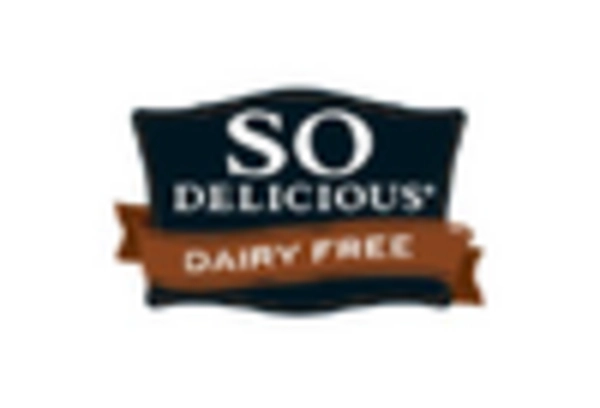








Leave a Comment